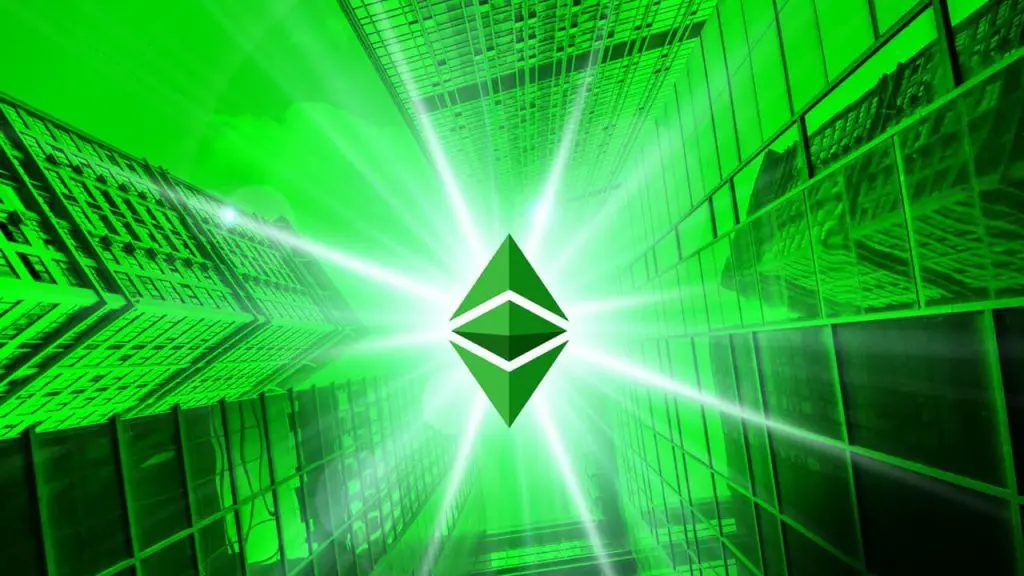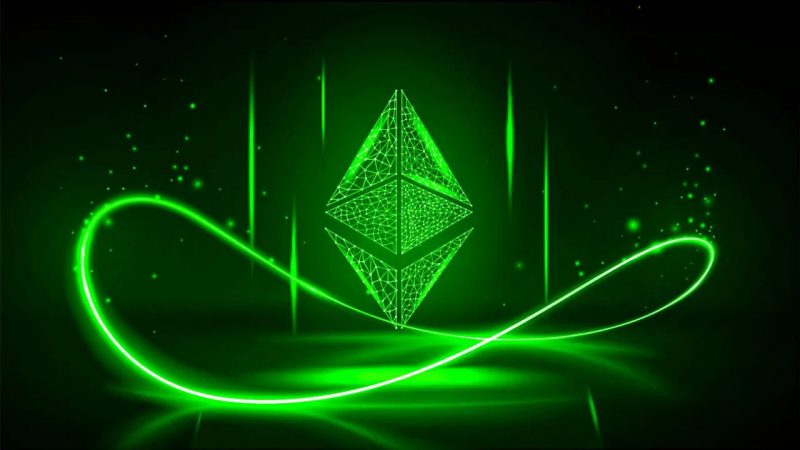In 2016, Ethereum experienced a hard fork that resulted in the formation of Ethereum Classic. The chain split as a result of the DAO hack in 2016. In an effort to protect the integrity of the Ethereum blockchain, ETC was created.
Since its inception, Ethereum Classic has worked to set itself apart from Ethereum, and as time goes on, the two networks’ technical roadmaps are becoming increasingly dissimilar.
The main difference between Ethereum Classic and Ethereum is that ETC tries to preserve the Ethereum blockchain’s originality. Even though the initial acceptance of the chain was minimal at first, ETC gained a bigger following later on. If you plan on buying or mining Ethereum Classic, here’s everything you need to know about ETC.


Who are the creators of Ethereum Classic?
Since Ethereum Classic is the legacy chain of Ethereum, its true creators are Vitalik Buterin and Gavin Wood, the original Ethereum developers.
On Ethereum, a divisive hard fork occurred in July 2016 when participants disagreed on whether to roll back the blockchain to undo the effects of a significant hack. As a result, the ETC ended up being the only network that didn’t perform a chain revert. Thus, it ended up being a permissionless network where anyone can participate.


Unlike Ethereum, Ethereum Classic doesn’t intend to shift to a proof-of-stake consensus algorithm. The PoS consensus will serve as the foundation of the Ethereum network following the merge. Transaction validation will no longer be the responsibility of miners but rather of validators.
Miners who desire to continue mining are searching for other potentially mineable coins with equipment costing hundreds of thousands of dollars. This has made ETC one of the first choices of many miners.
Ethereum Classic has been enjoying greater attention from miners, which was also visible in its last week’s price performance. With the merge coming closer and closer, a large number of miners will seek ETC as their last resort.





